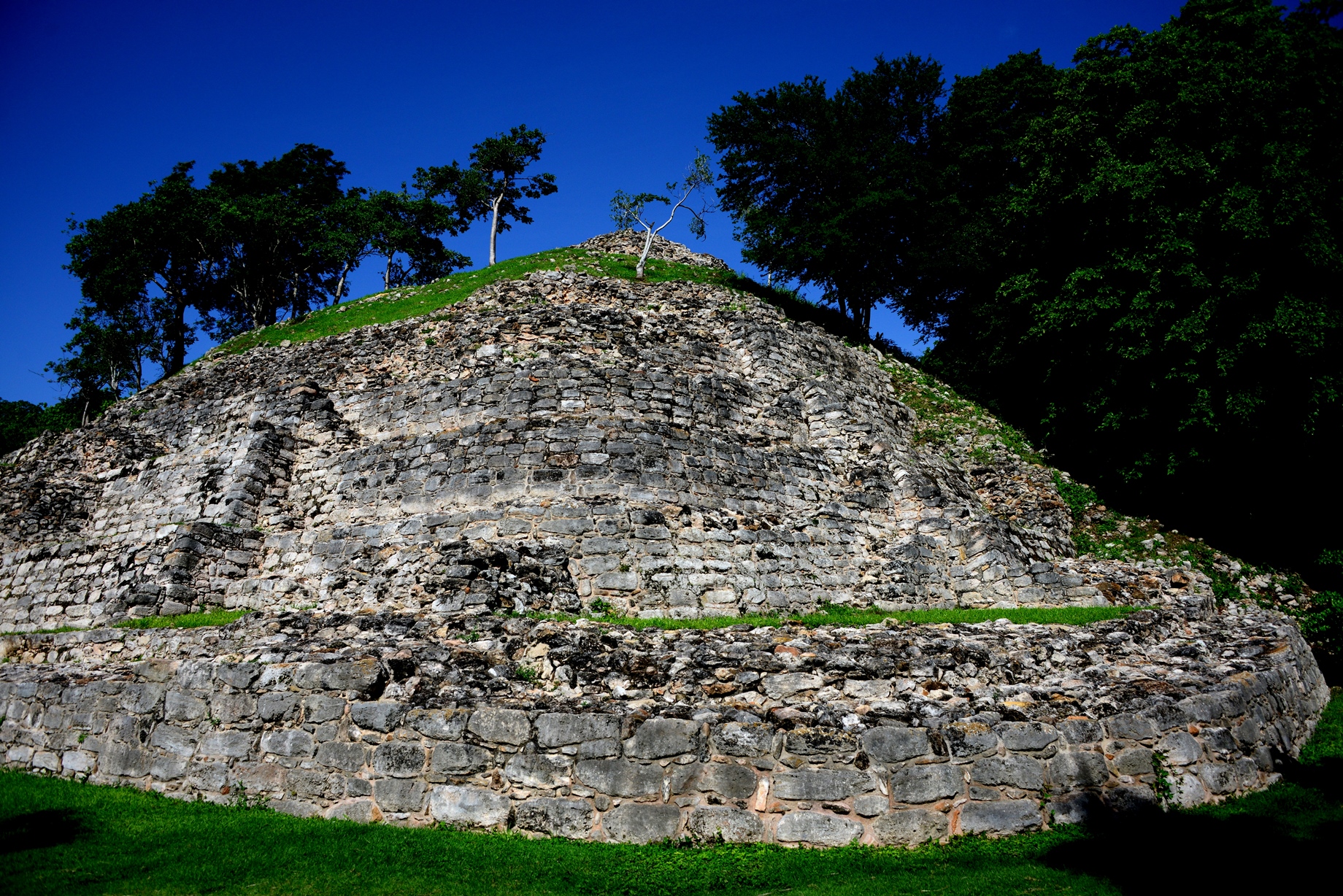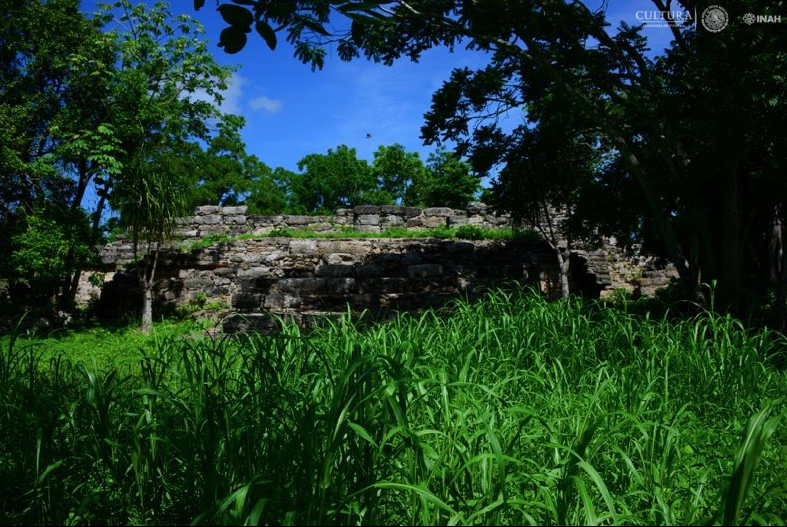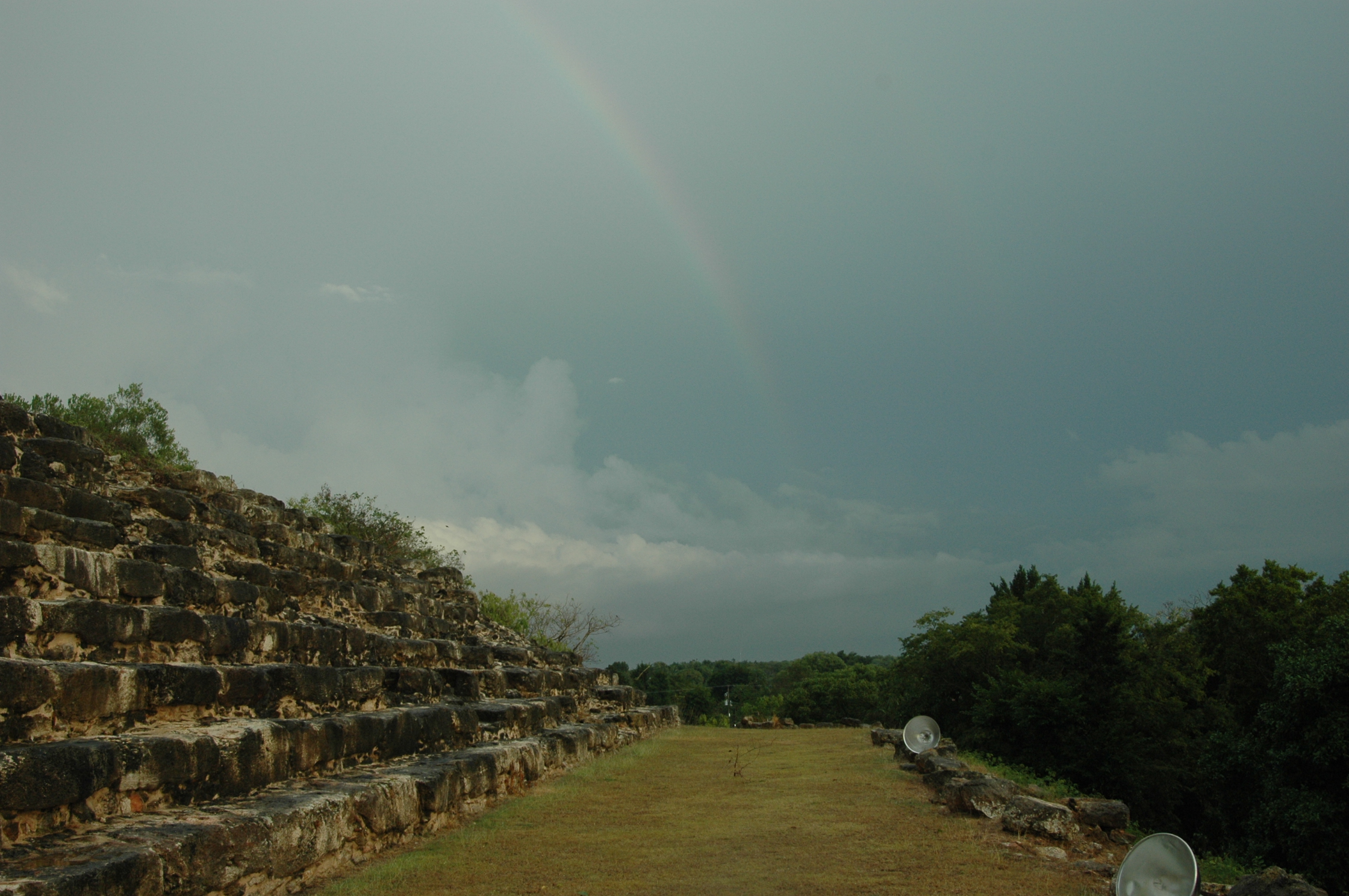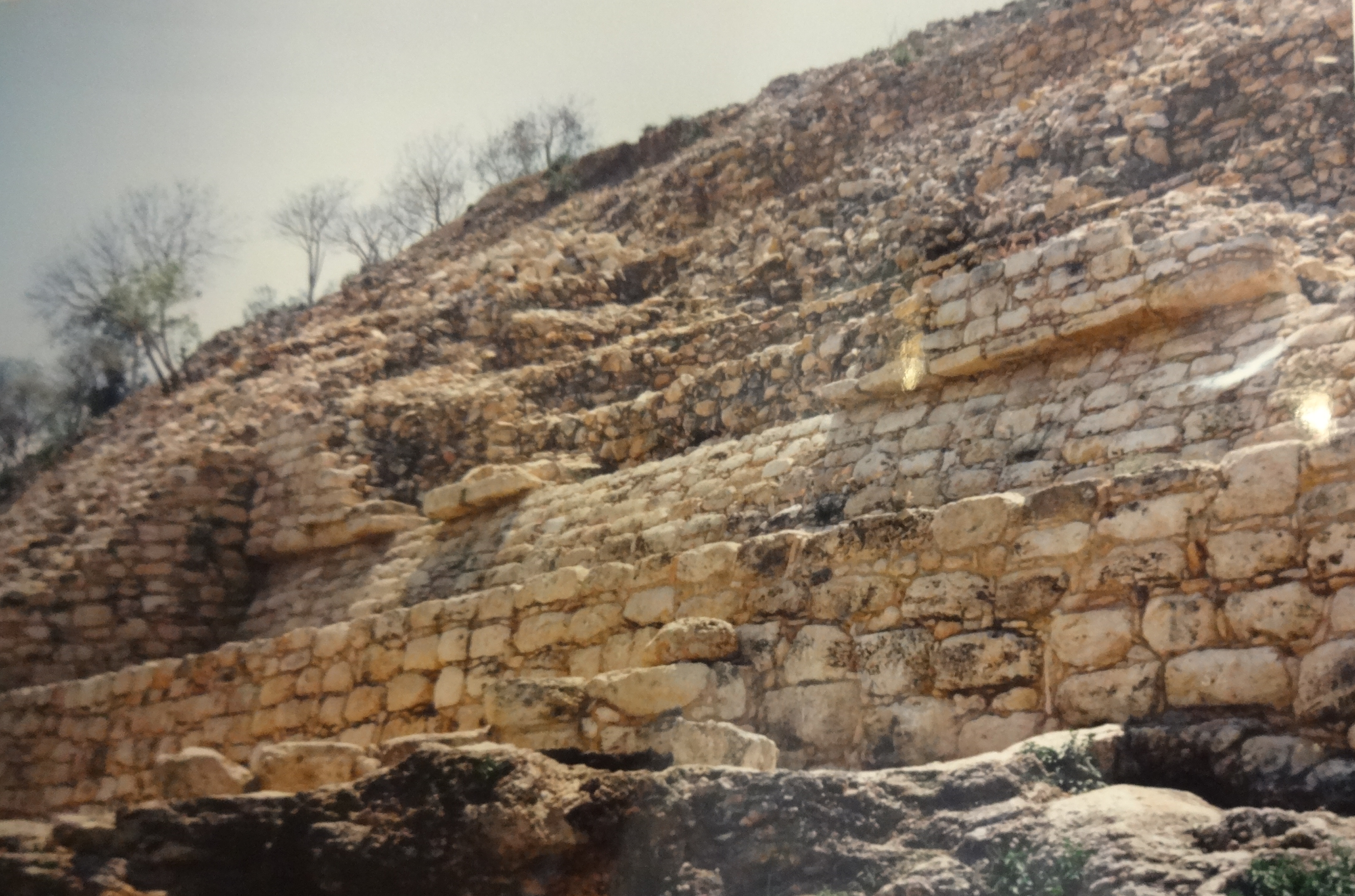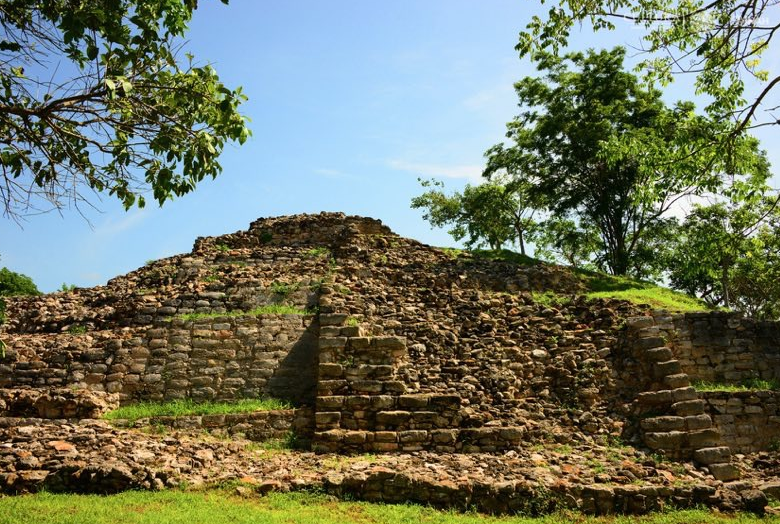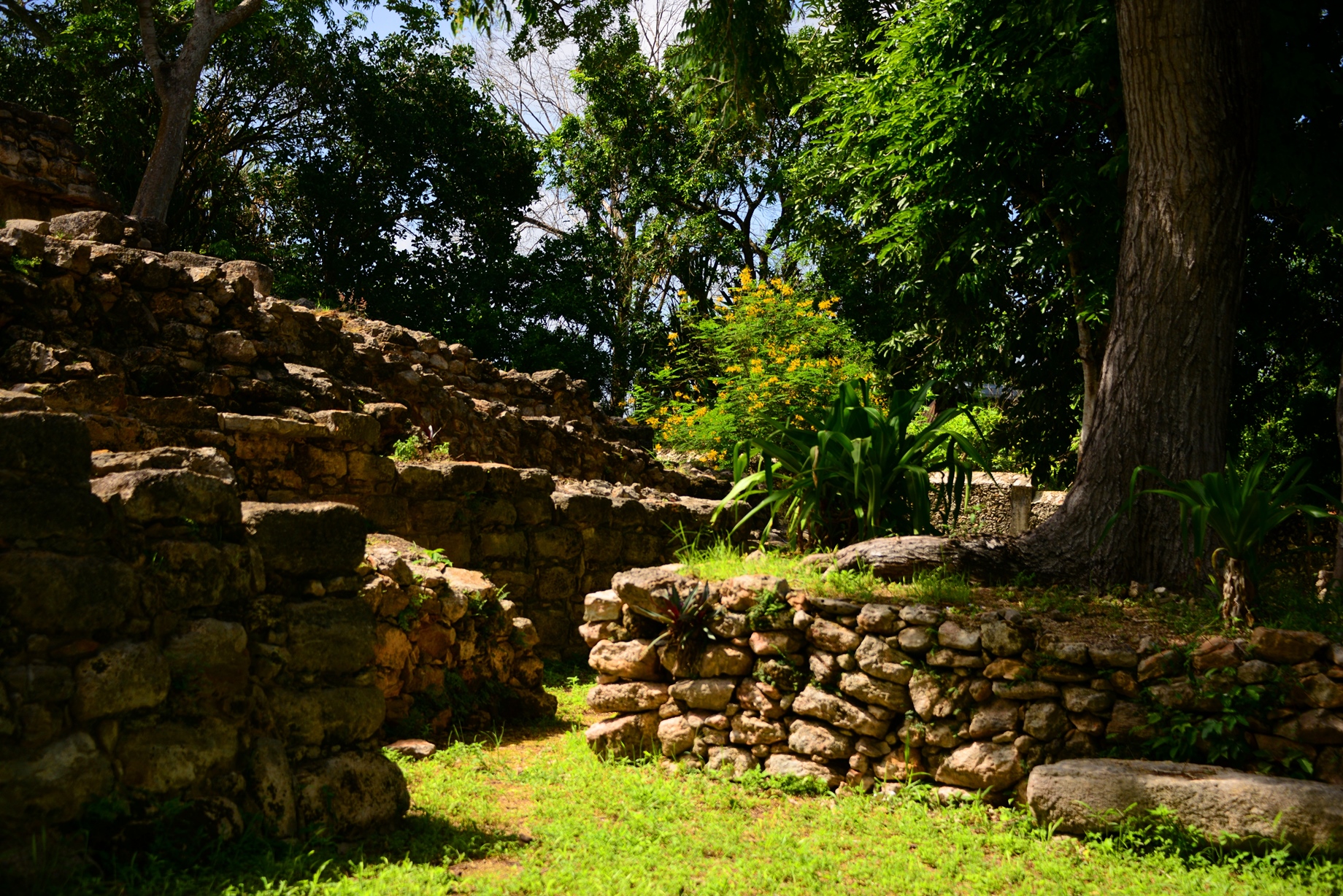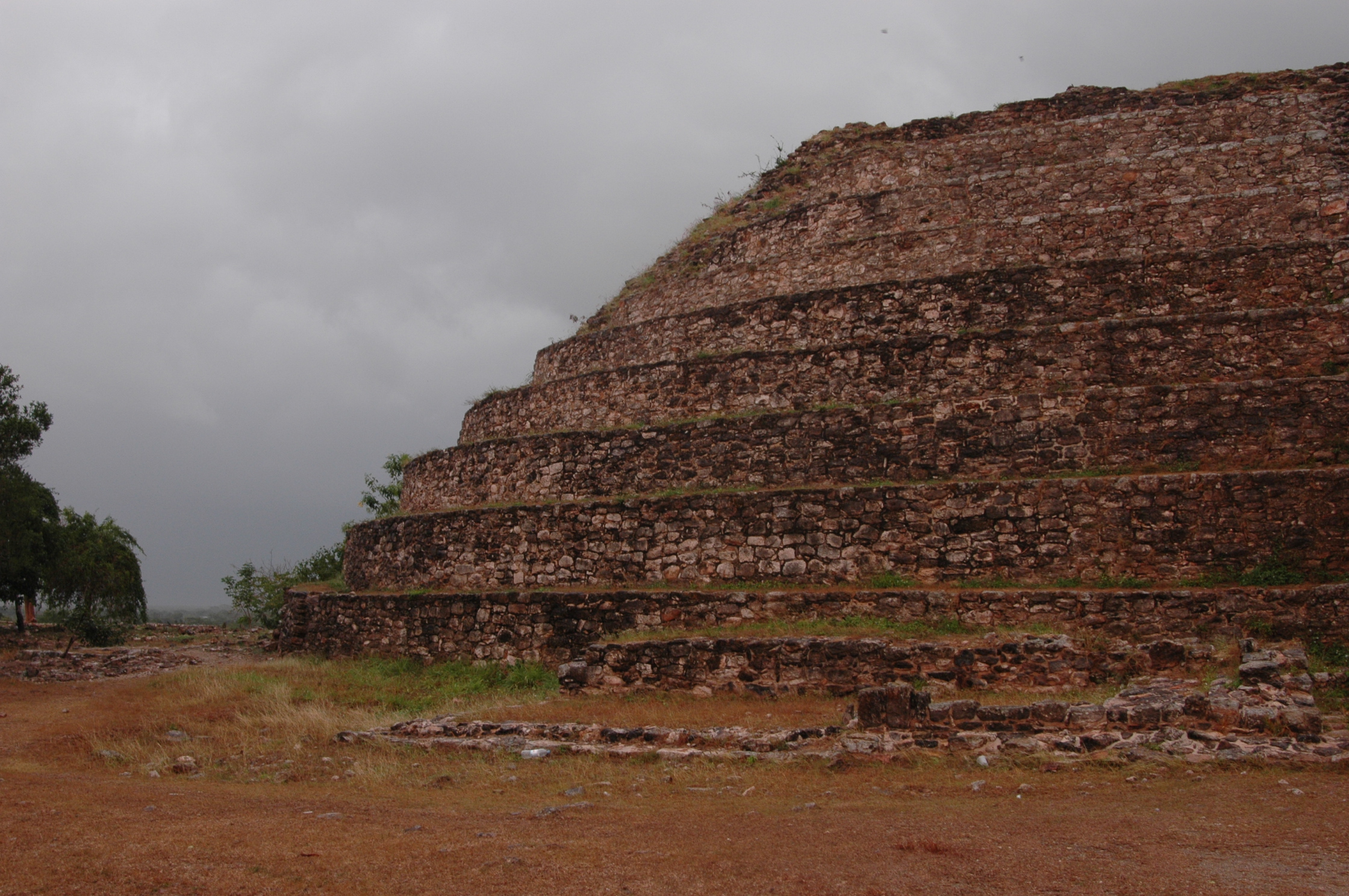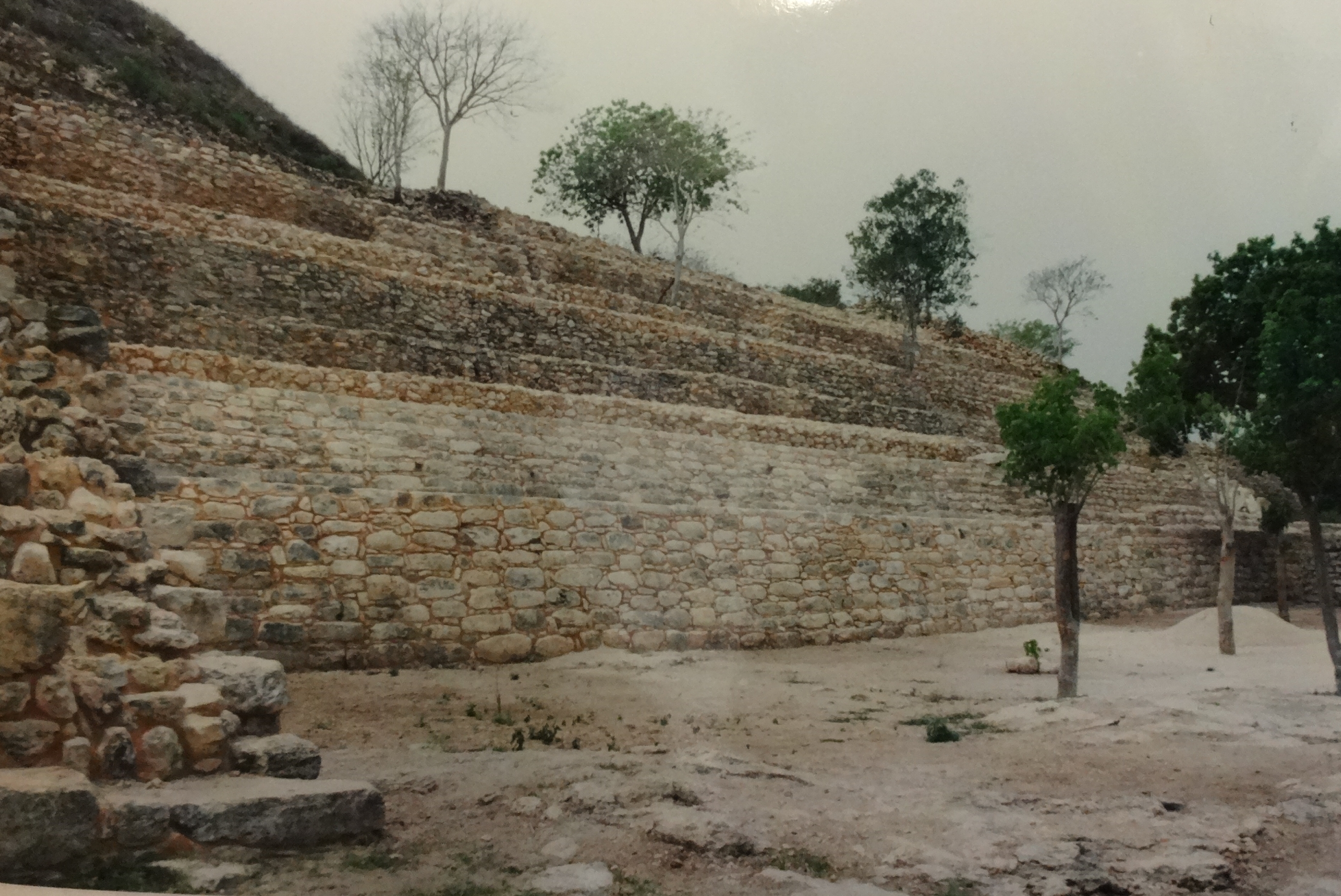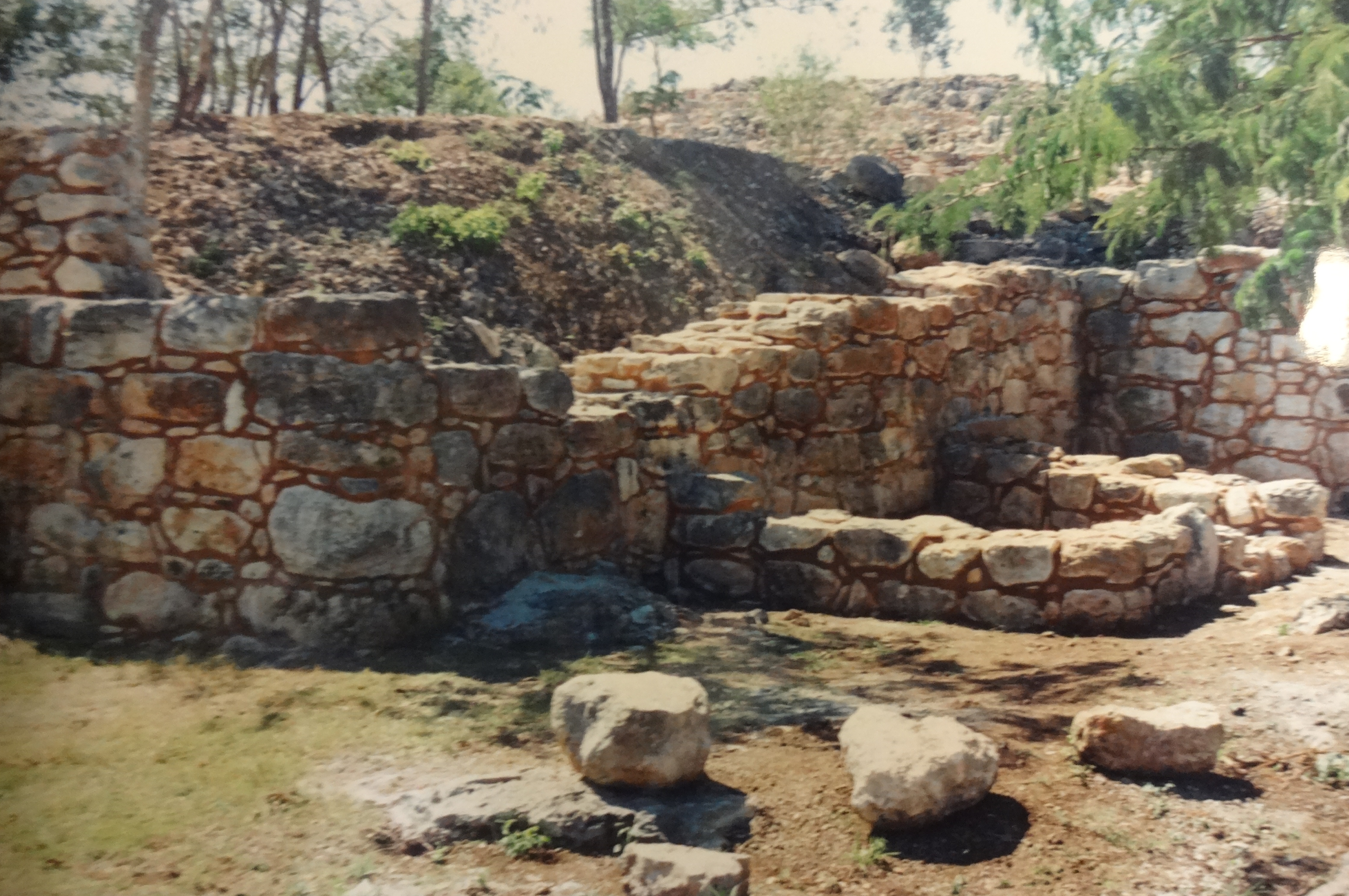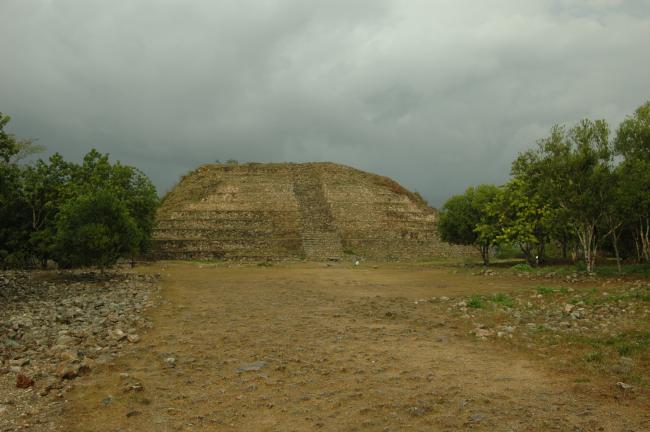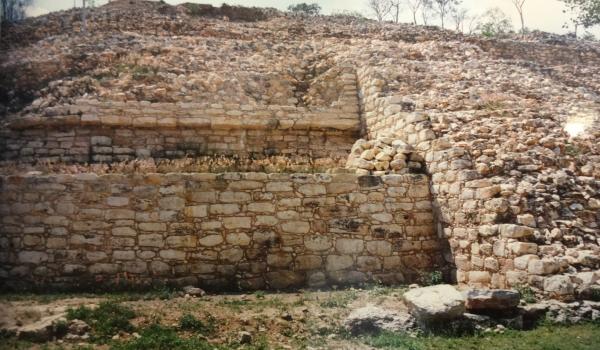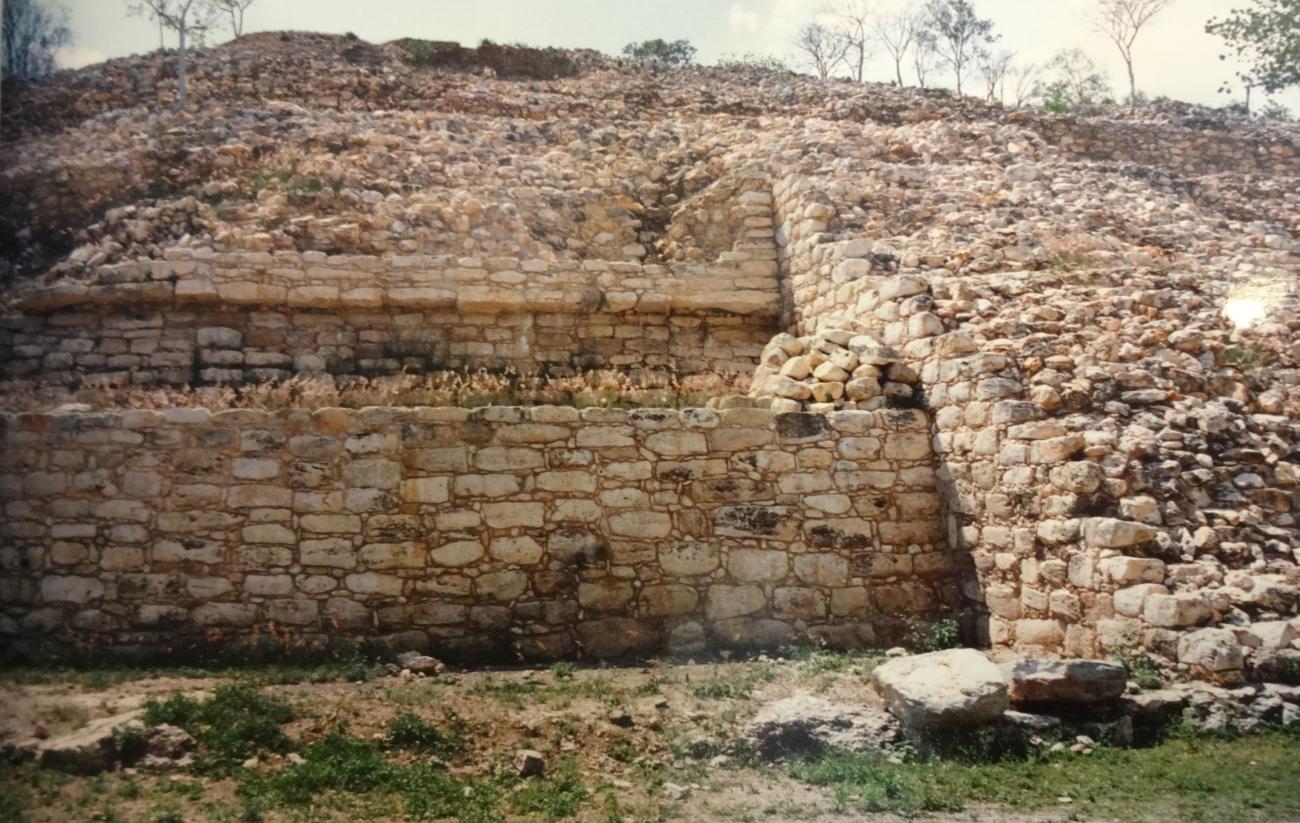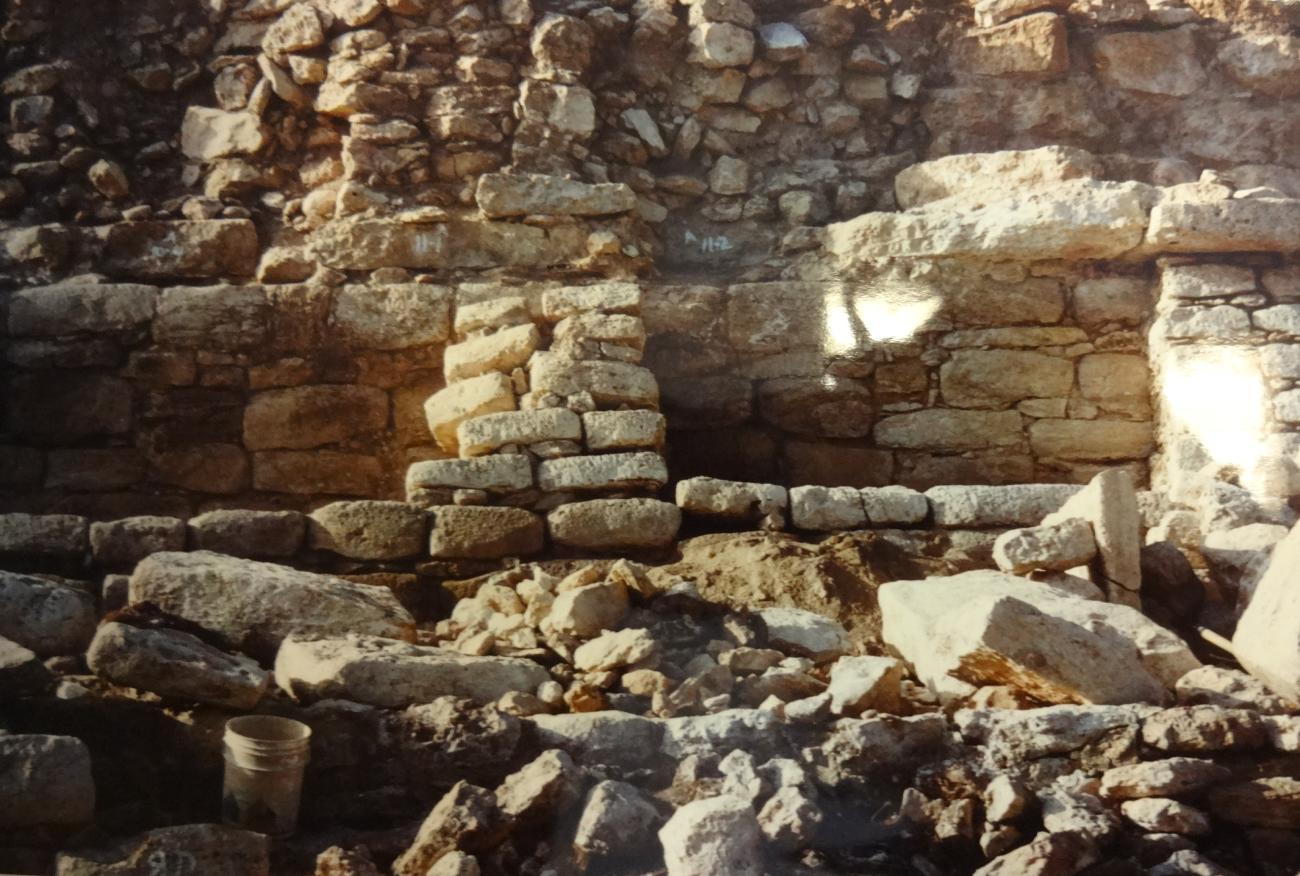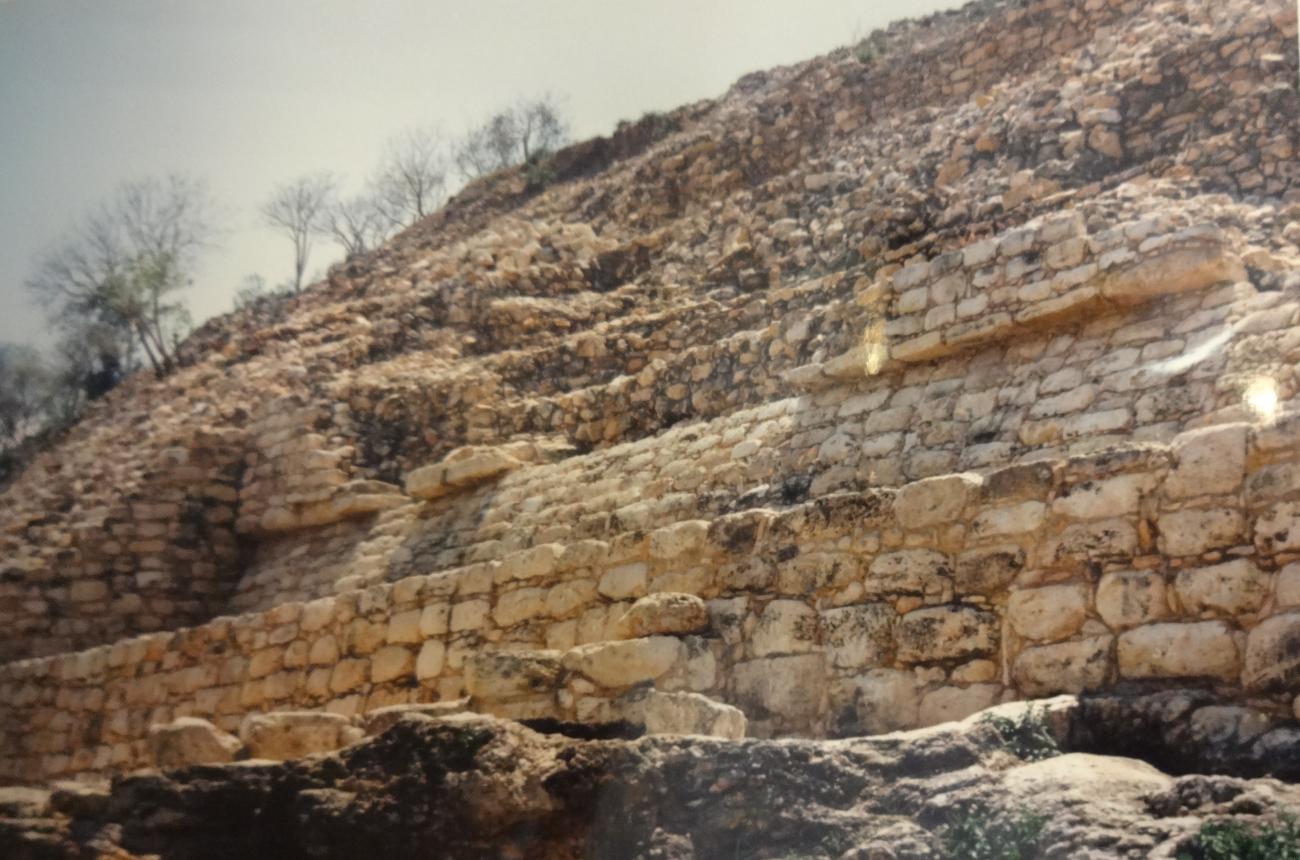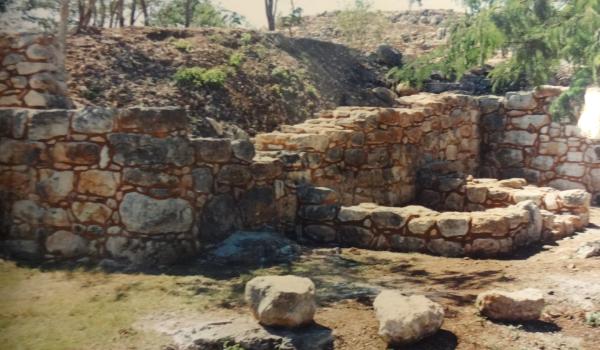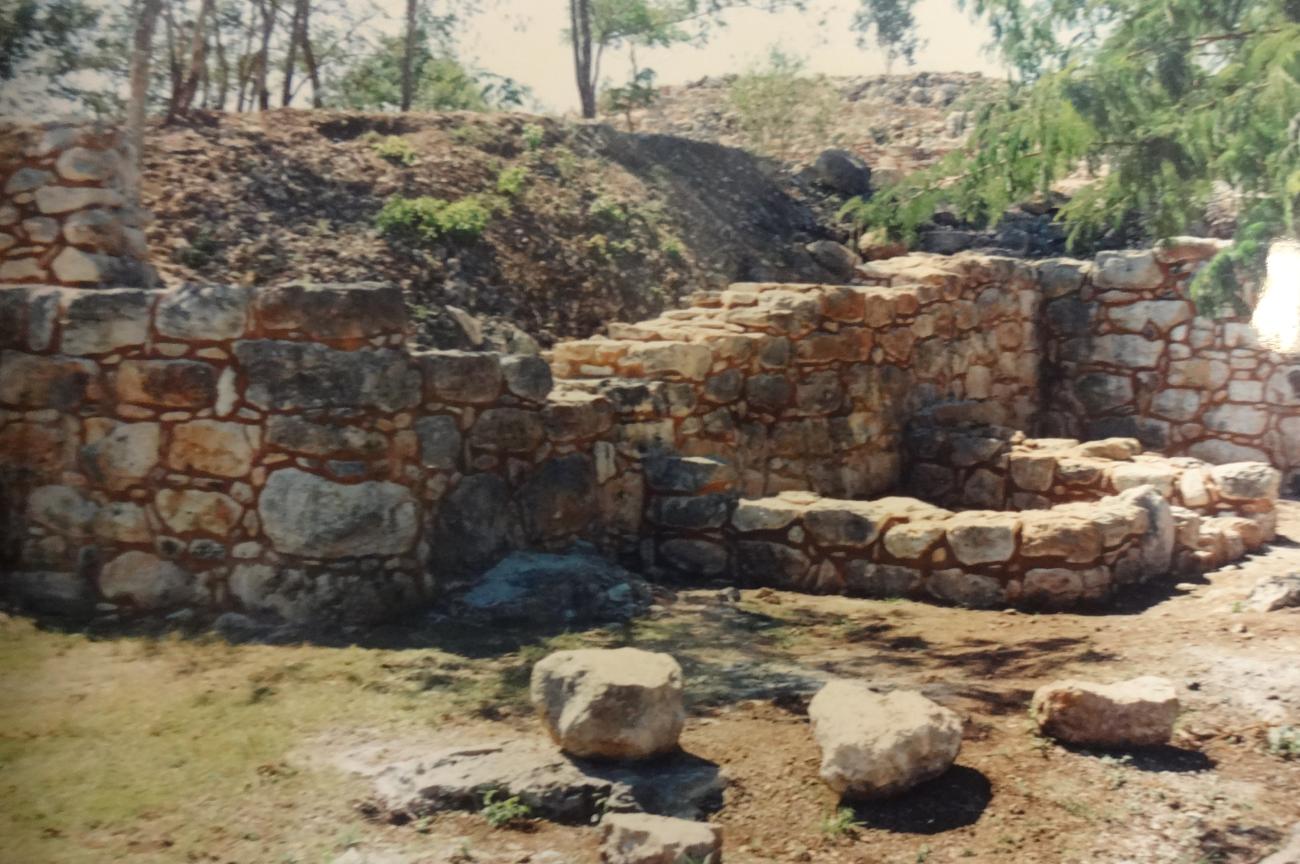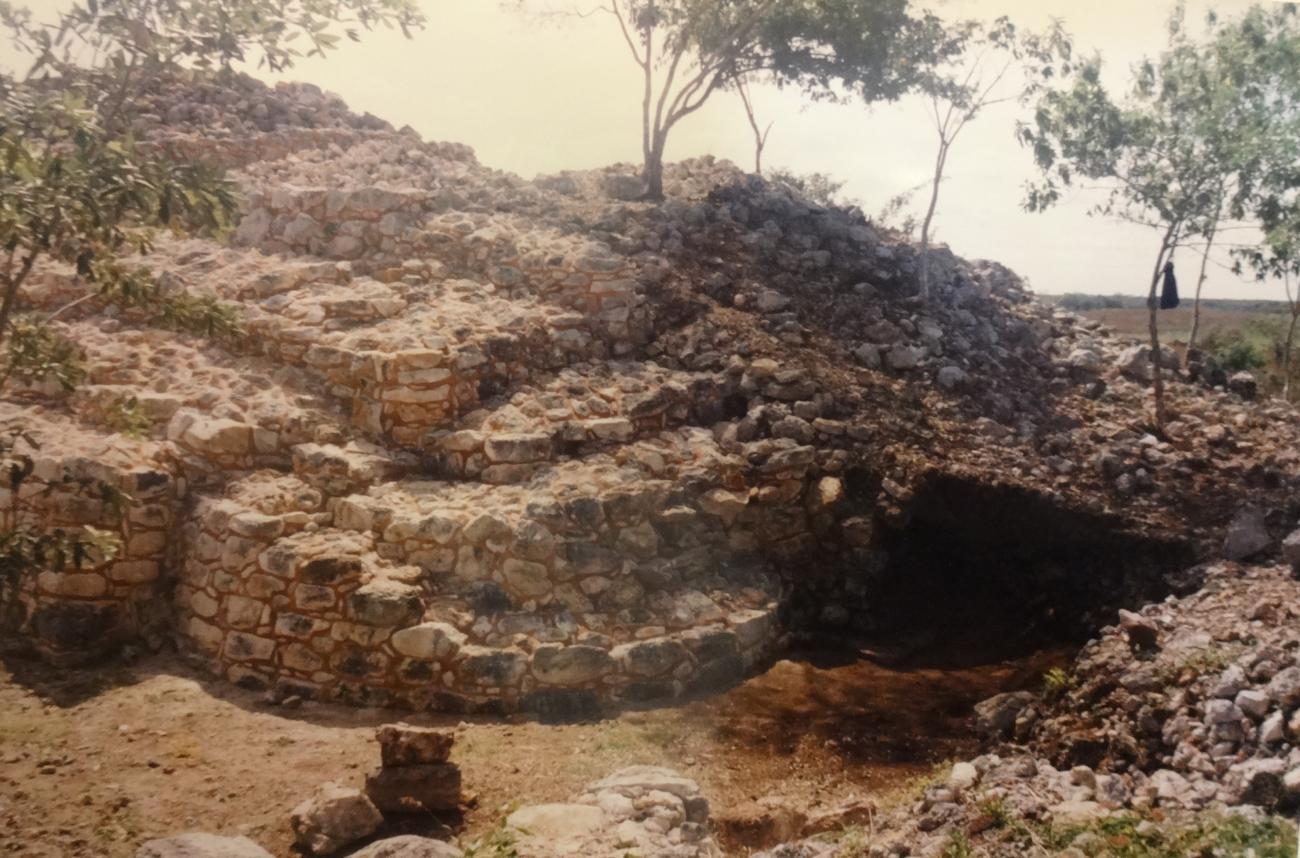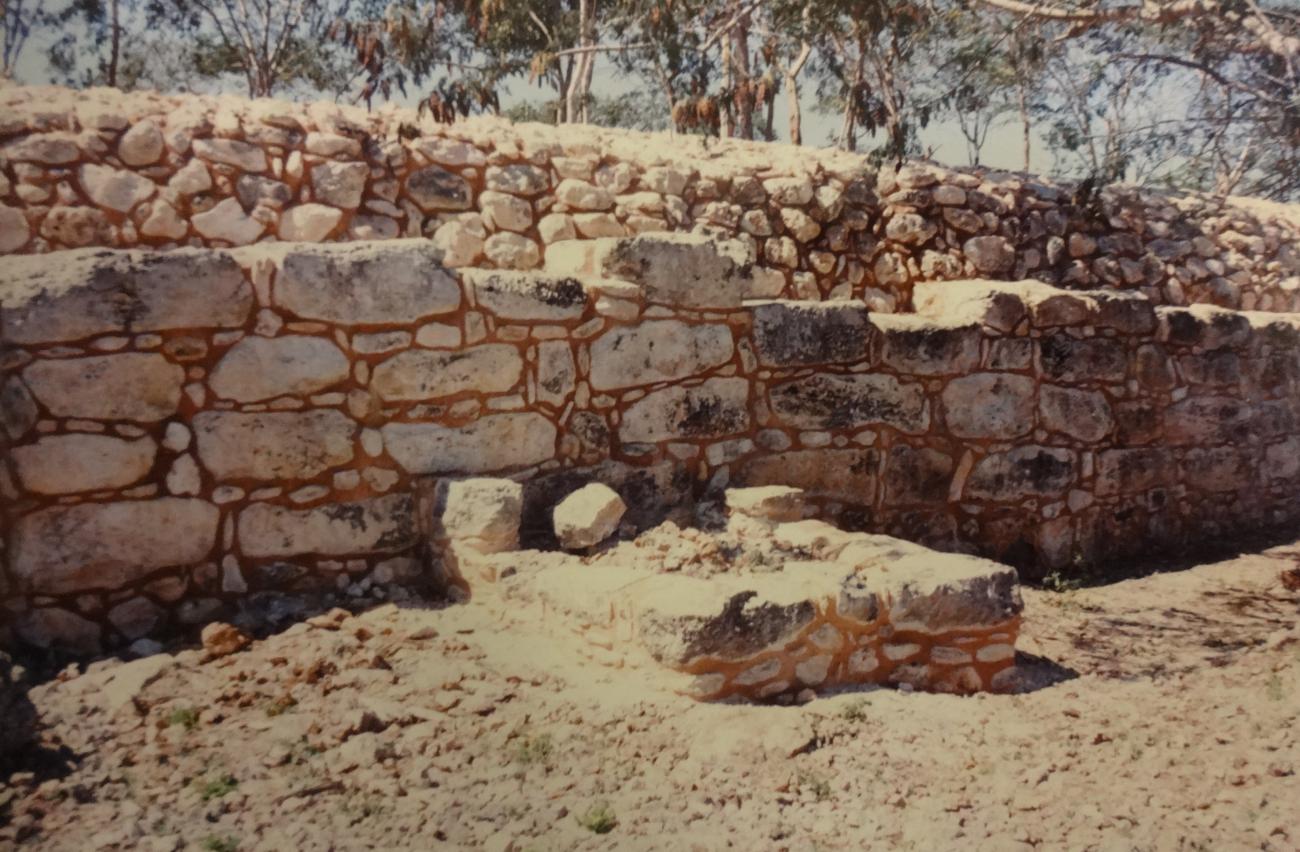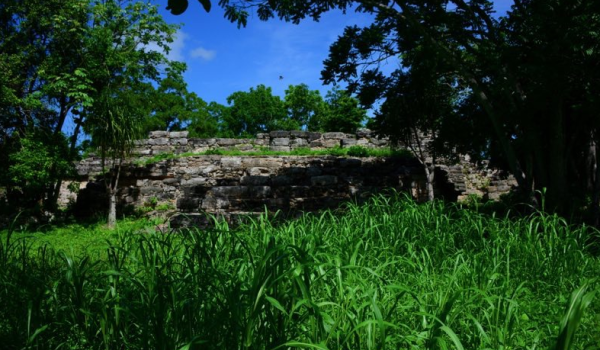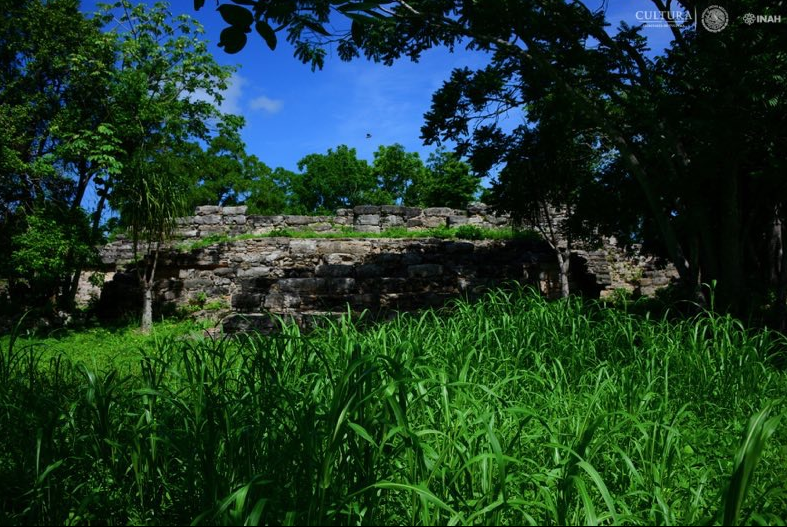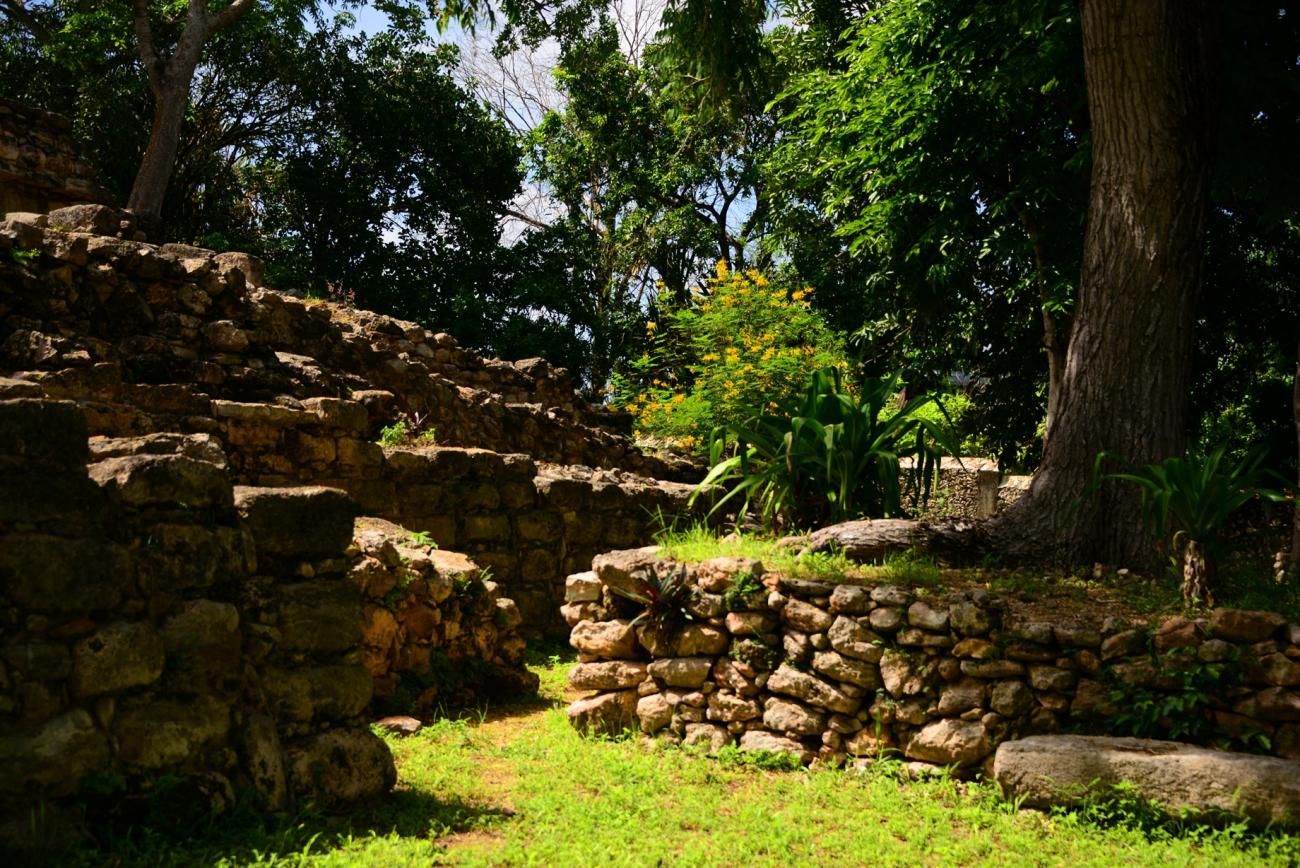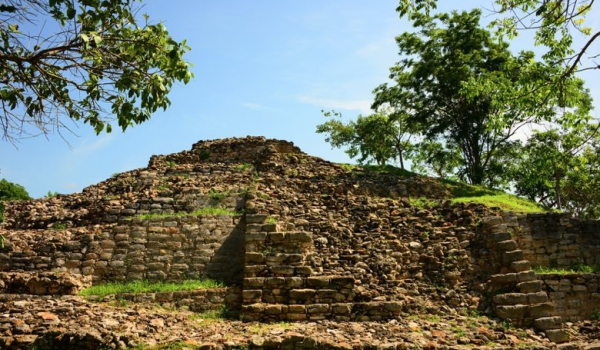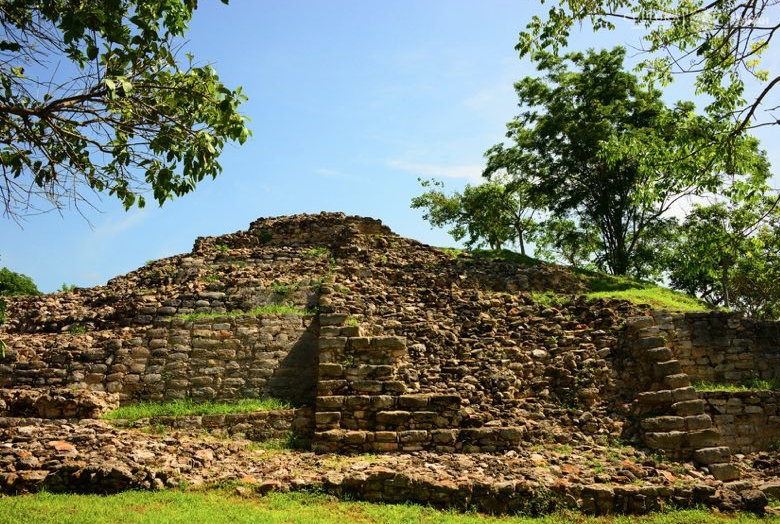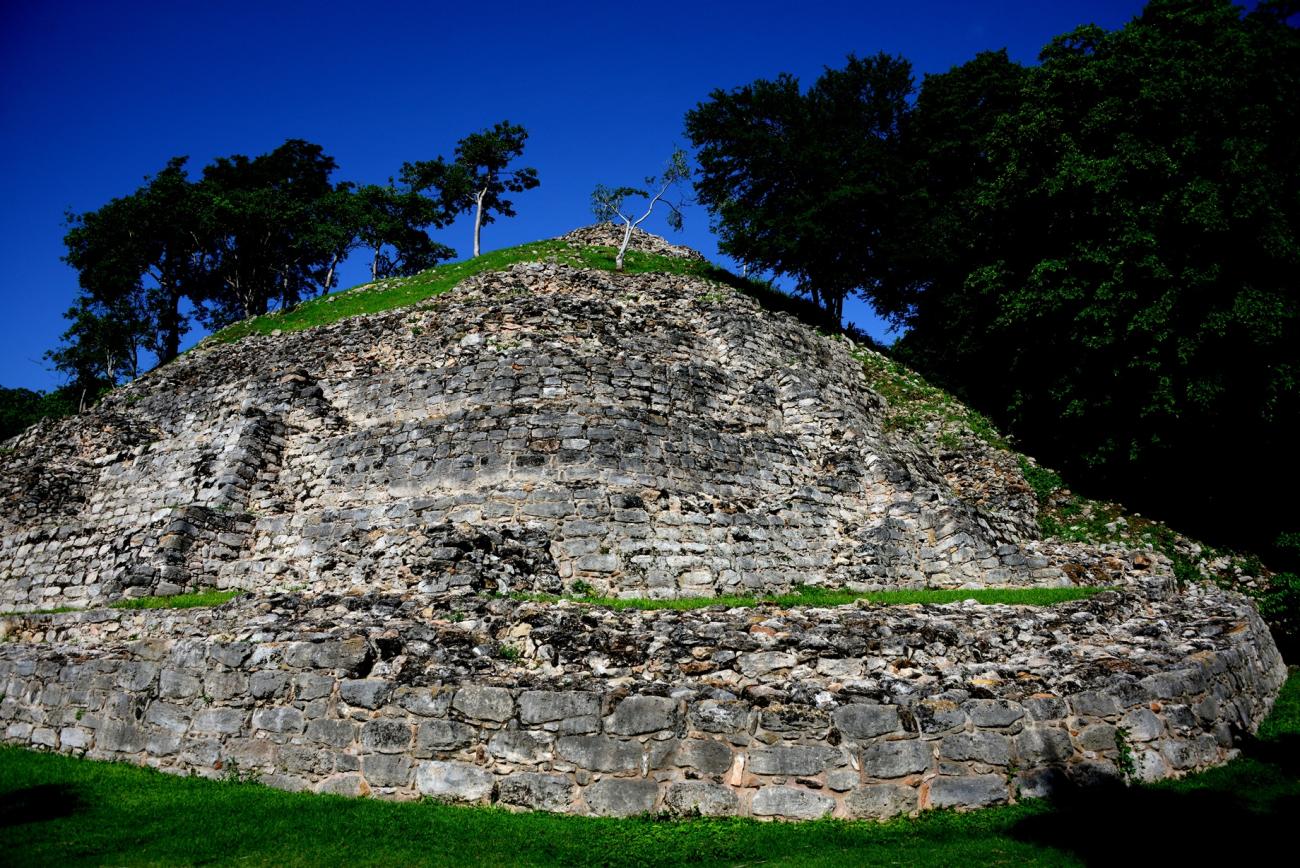The archeological site of Izamal is in the town of the same name, 44 miles east of the city of Merida. The central part of the settlement, where the most important buildings are located, features an enormous plaza oriented from north to south. The combination of ancient, colonial and modern buildings has earned Izamal the title of “city of the three cultures.” It is also known as the “city of the hills.”
The people of Izamal were especially devoted to the goddess known as Zamna, the creator god and benefactor of the Maya, who was worshiped in two of the principal buildings on the site’s main plaza.
Izamal was the most developed city of the north Yucatan, at least until the Late Classic, when it entered a gradual decline. It ruled over a territory not only by means of a network of roads, called sacbeoob, which covered an area of around 2,000 square miles, but it also had access to a long coastline with 11 port towns which could reach even more distant lands for the export of local products.
It must be emphasized that this center developed and disseminated a particular style of architecture known as “megalithic,” typified not just by the use of large blocks of stone fitting together without mortar, but by other features such as apsidal storeys, rounded and/or recessed corners, broad staircases, sloped panels, apron moldings, stepped vaults and a predominance of superstructures made from perishable materials.
The site was occupied for a long period, in excess of 2,500 years, since it began in the Middle Preclassic period (700-450 BC). Times of peak activity were in the Early Classic (250-600 AD) and the Late Classic (800-1000 AD) when the most important buildings were erected, and the extensive network of sacbeoob, or roads, reflecting the political and economic status of Izamal as the ruler of a significant region of the north of the Yucatan peninsula.
It was specifically in this period of intense building activity that the settlement reached its peak, as defined by the area covered and the monumental size of the buildings, also reflected in the number of smaller sites located in its periphery, initially with a certain degree of autonomy with respect to the central site, which as they were incorporated created greater dependency on a centralized political and economic authority.
Izamal was practically abandoned in the Postclassic period (1100-1520 AD), with only a few villages remaining, however it continued to be an important center of worship for the Maya, which is why the Spanish conquistadors chose to settle this site, dismantling the main structures and reusing the building materials for the new city they were founding.

